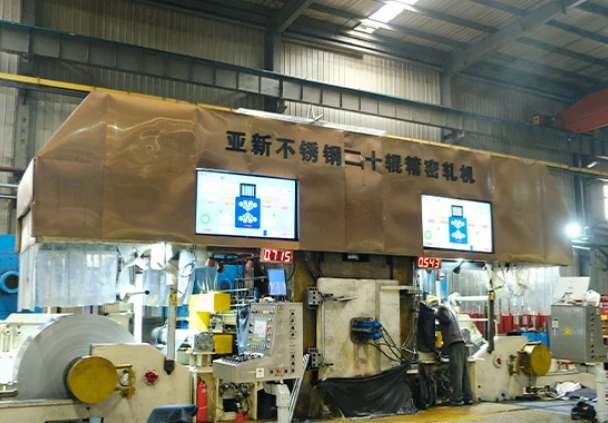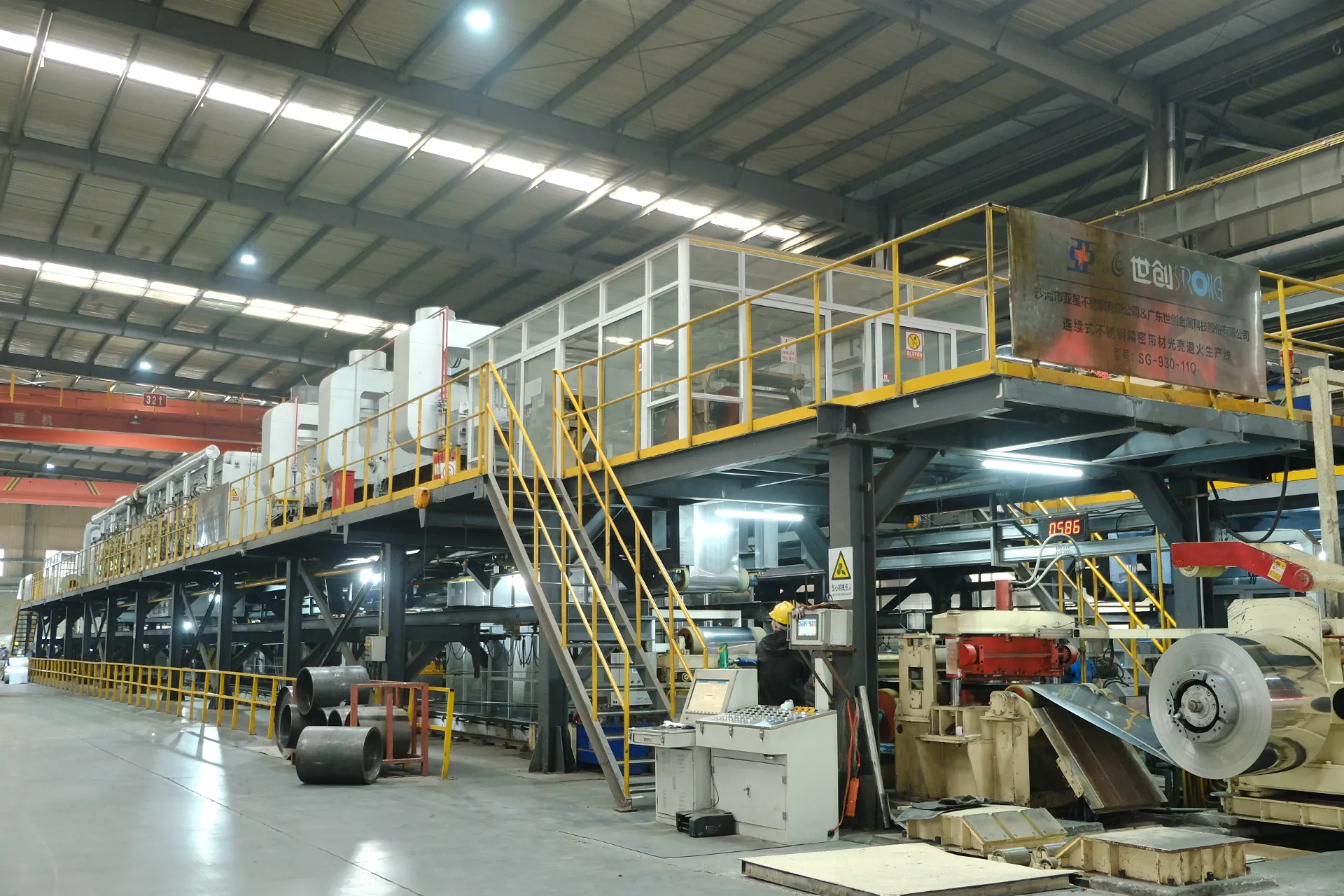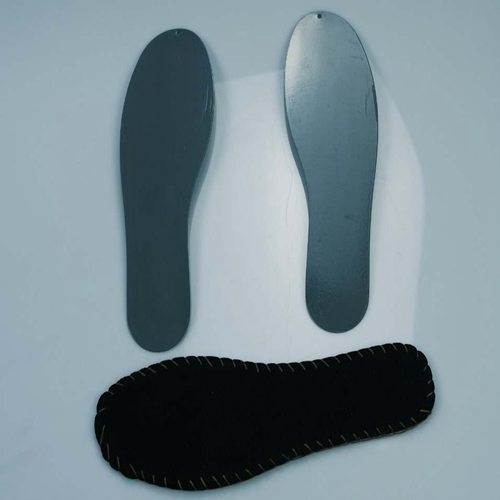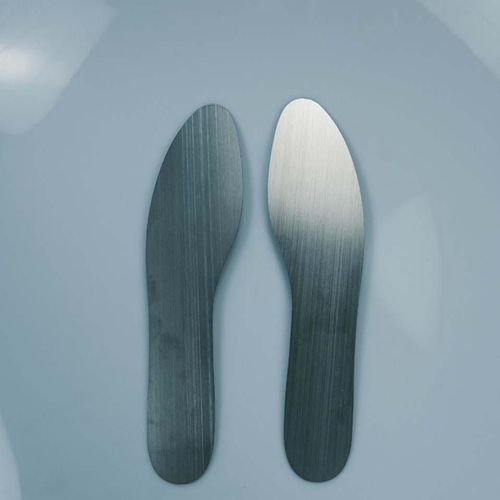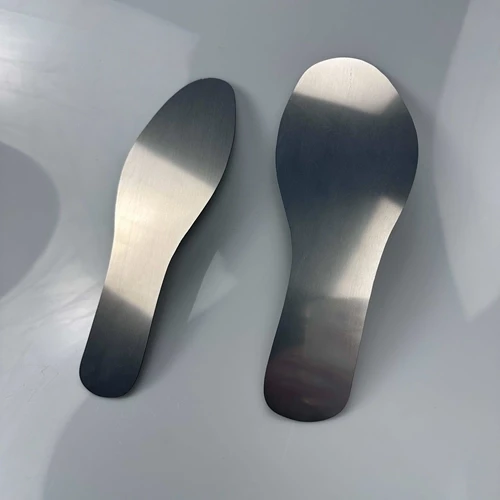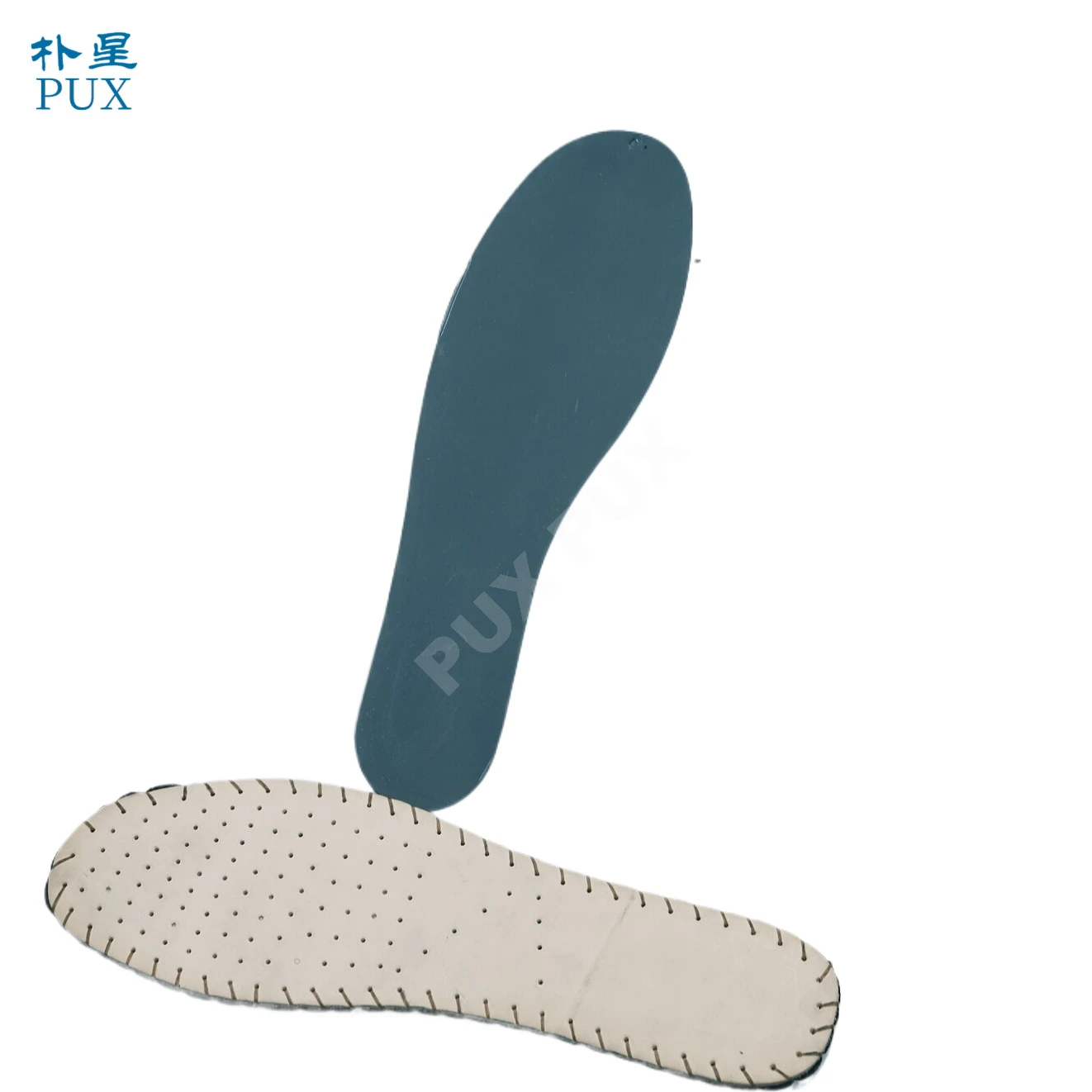huahana
The steel midsole is a vital protective component in industrial footwear, offering unmatched puncture resistance against sharp objects like nails or metal debris. Made from hardened carbon steel, it provides a rigid barrier that distributes impact forces evenly across the foot. Its tempered construction (1-2mm thick) balances durability with flexibility, while corrosion-resistant coatings ensure longevity in harsh environments.
The steel plate also enhances stability, reducing foot fatigue during prolonged standing on hard surfaces. Though slightly heavier than composite alternatives, its superior penetration protection and load-bearing capacity make it ideal for construction, manufacturing, and heavy industry applications. Modern designs integrate ergonomic contours and compatibility with other safety features, maintaining workplace protection without compromising comfort.
-
High Quality kevlar midsole plate For Safety Shoes Manufacturer
'ikamu:Kevla Midsole
Noi:No nā kāmaʻa palekana
Material:Kevla
mānoanoa:0.5mm/0.8mm
kala kala:keʻokeʻo
Kūlana:EN22568
Ke kū i ke komo ʻana:1200N
ʻO ke kūpaʻa ʻana:EN22568 (1500000 manawa) maʻamau
Hana:pale wai, anti smash, anti puncture, skidproof
Kahi i kumu:Hebei, Kina
-
ʻO nā midsole palekana no nā kāmaʻa Pāpaʻa kila Anti-nail Anti-piercing Foot Larbor Protection steel Midsoles
'ikamu:Mn-hao waena
Noi:No nā kāmaʻa palekana
Material:Mn-mea kila
mānoanoa:0.49-0.5mm
kala kala:ʻeleʻele
Kūlana:EN22568
Ke kū i ke komo ʻana:1200N
Hana:anti-impact,ʻaila kū'ē, anti-static
Kahi i kumu:Hebei, Kina
-
Mea Kiʻekiʻe EN Kūlana Kūleʻa Kūleʻa Midsole
Hana ʻia nā insoles anti-puncture mai ke kila kiʻekiʻe i kūpono no nā kāmaʻa palekana, he puncture maikaʻi
kū'ē a hiki ke kūlou ʻoi aku ma mua o 1,000,000 mau manawa, ua hana ʻia kona ʻili i ka epoxy resin matte powder spray e hoʻomaikaʻi i ka
adhesion, he anti rust a me ka anti puncture. Ua hoʻohana ʻia ka Steel anti Piercing Mid sole i ka hana kāmaʻa palekana no nā makahiki he nui. ia
he lahilahi, ma'alahi a ho'ohana nui 'ia e nā mea hana kāma'a palekana. (Steel anti-penetraion Mid sole i hana ʻia i kā mākou hale hana
ʻO ke kūpaʻa hoʻololi: (1000000 mau manawa), EN12568, CSA (1500000 mau manawa) maʻamau. Ke kū'ē komo 1100N Ke kū'ē kū'ē
100PRS/CTN). Loaʻa iā EUROPEAN STANDARD EN12568.
'ikamu:kila kila waena
Noi:No nā kāmaʻa palekana
Material:kila kohu ʻole
mānoanoa:0.49mm
kala kala:kālā
Kūlana:EN22568
Ke kū i ke komo ʻana:1200N
ʻO ke kūpaʻa ʻana:EN22568 (1000000 manawa) maʻamau
-
Stainless Steel Insole
Steel bottom can prevent puncture, anti-static, zigzag resistance, acid and alkali resistance, high and low temperature resistance. Quality up to EN, CSA, JIS and other international standards, is the work shoes, labor protection shoes and other protective shoes necessary protective products Stainless steel anti-puncture insole made of high quality steel, is the ideal choice for safety shoes, has good puncture resistance, can be bent more than 1,000,000 times. The surface is sprayed with epoxy resin matte powder to enhance adhesion, prevent rust and puncture. Especially in the site is particularly popular, mainly used to prevent stepping on nails or other sharp objects, due to its high hardness, wear resistance characteristics, can effectively protect the safety of the foot, reduce the risk of injury.Durable: Compared with ordinary insoles, stainless steel insoles are stronger, not easy to damage, and have a long service life.
What is a steel midsole?
A steel midsole is a protective layer embedded in work boots between the insole and outsole, designed to prevent puncture injuries from sharp objects like nails or metal shards. Typically made from thin, tempered steel, it provides rigid structural support while maintaining flexibility for walking comfort. The steel plate acts as an impenetrable barrier that meets ASTM F2413 safety standards for puncture resistance. Unlike surface protection, the midsole's strategic placement shields the entire footbed without adding excessive bulk.
While offering superior protection in industrial environments, steel midsoles do add some weight to footwear and can conduct temperature extremes. Modern designs often incorporate perforations or contours to improve flexibility and breathability while maintaining safety performance. This critical safety feature has become standard in many construction, manufacturing, and utility work boots where puncture hazards exist.
Pros and cons of Steel Midsole versus Composite
Steel midsoles and composite midsoles each have distinct advantages and drawbacks in work boot construction. Steel midsoles provide superior puncture resistance and structural rigidity, making them ideal for heavy industrial environments with sharp debris. They offer excellent protection against extreme compression and maintain stability over time, but add significant weight to the footwear and can conduct temperature extremes. Composite midsoles are lighter weight (typically 30-50% reduction), non-metallic (making them metal detector friendly), and provide better insulation against hot/cold surfaces.
While they meet most safety standards for puncture resistance, composites may not withstand repeated extreme impacts as well as steel. Composite materials also tend to be more flexible, improving comfort during extended wear but potentially offering less support for heavy loads. The choice depends on workplace hazards - steel excels in high-risk industrial settings while composites better suit lighter duty applications where weight and thermal comfort are priorities.





